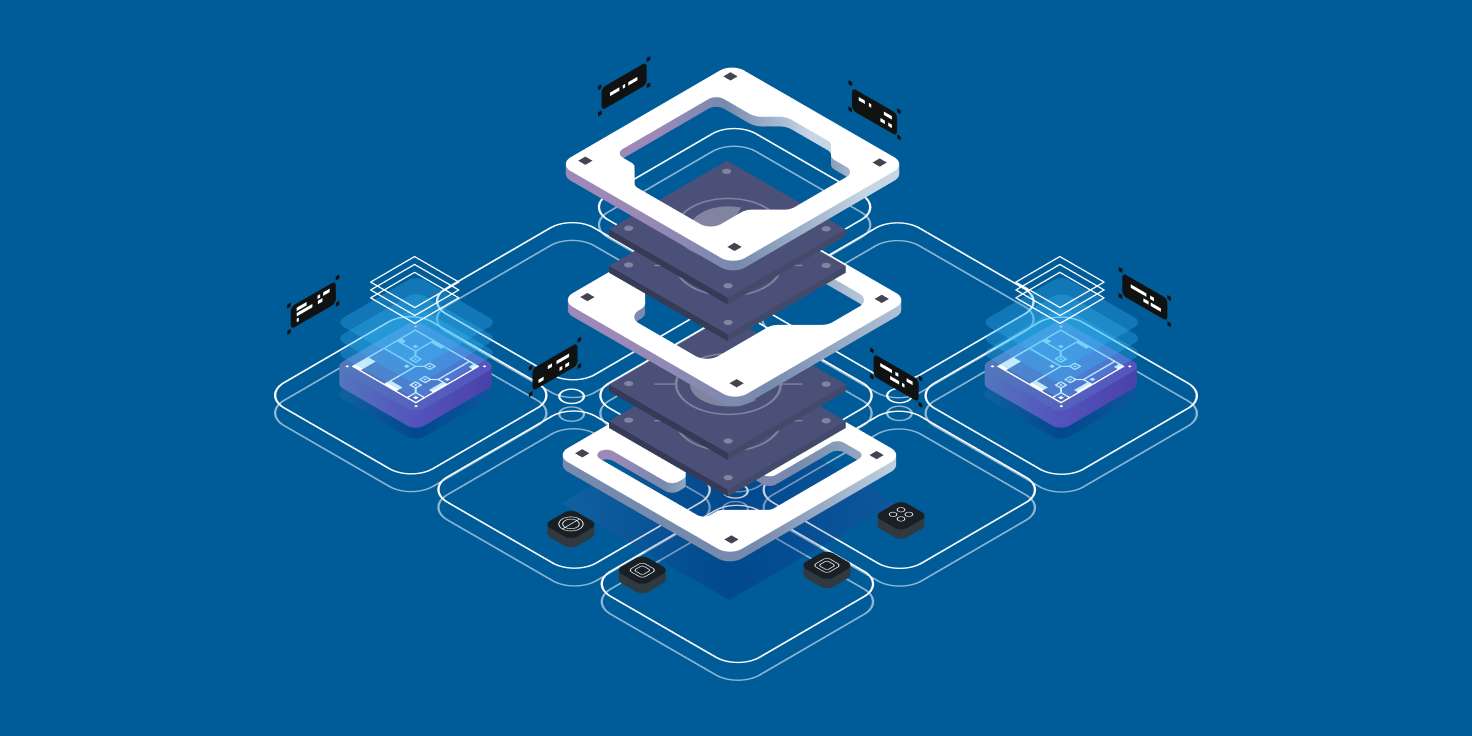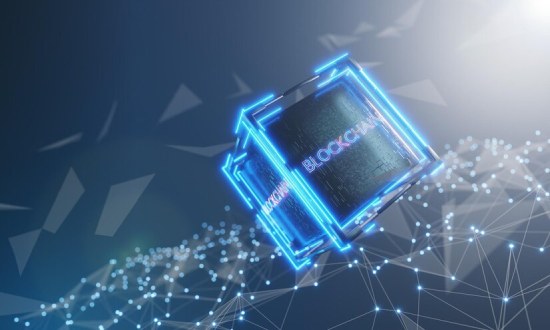The Scalability Trilemma
Vitalik Buterin coined the “scalability trilemma”: a blockchain can typically optimize only two of three properties — decentralization, security, and scalability. A fully decentralized chain with high security often sacrifices throughput. L2s help break that tension by offloading execution.

 Blockchain Application Development
Blockchain Application Development
 Fintech Blockchain App Development
Fintech Blockchain App Development
 Hyperledger Application Development
Hyperledger Application Development
 STO Development Services Company
STO Development Services Company
 Exchange Development
Exchange Development
 Cryptocurrency Wallet Development
Cryptocurrency Wallet Development






